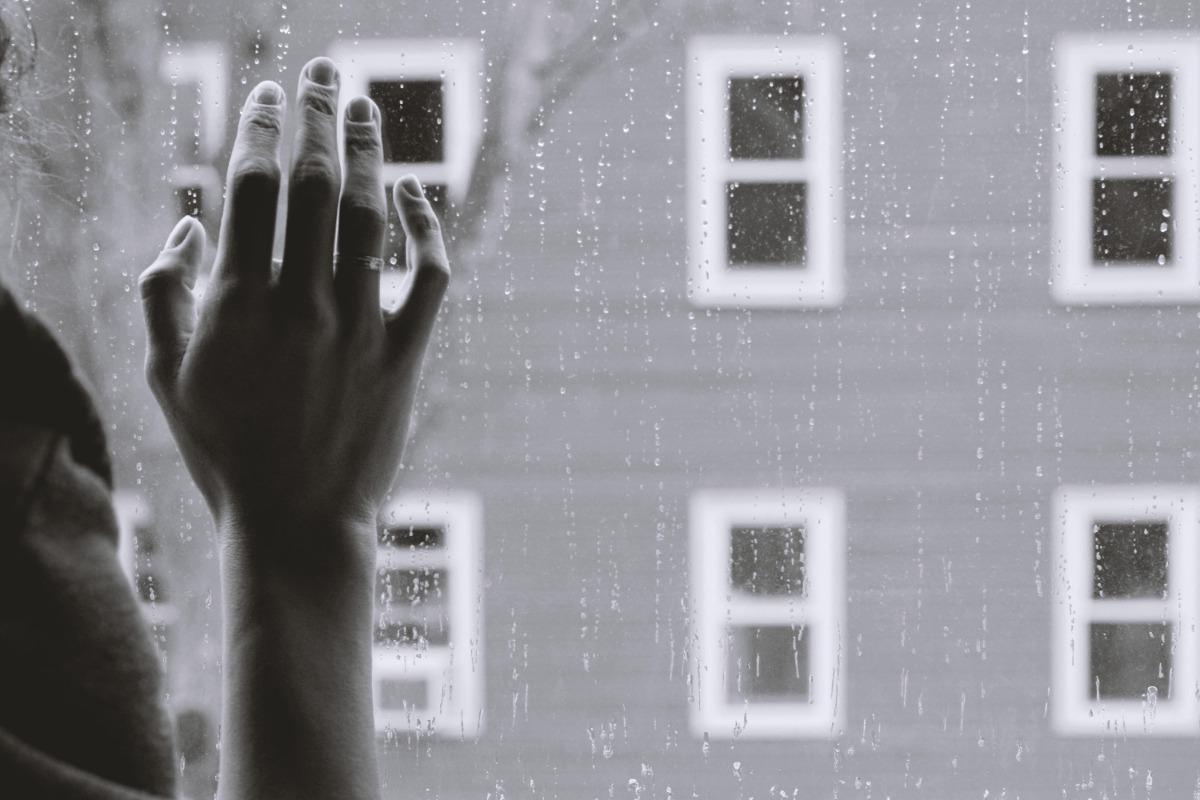
When I start working with an anxious child I tend to recognize quickly that we are pretty similar. You see, I was an anxious child. I was nine years old when I realized that not everyone thought the way that I did. I was shocked that not everyone watched the potential bad things happening in their heads prior to any event. I was unaware that not everyone saw themselves dying painfully prior to getting on a boat, or going for a hike or falling off the cliff while driving. I also learned that not every child says goodbye to their parents when they leave for work, and then automatically feels the pain and grief of them dying and never coming home. I was exhausted with my anxious thoughts, and I felt very alone in my struggling mind.
When I discovered that I was in fact, different from others it only exacerbated my anxiety and worry. I leveled up. I now believed everyone noticed my worry and my anxiety and they judged me and thought less of me. It was not until I started actively changing my thought patterns that I started to curb my worry and start recognizing my inner critic. That voice, the one that tells me all the things that are going to happen? I had to shut her up. I spent a lot of time learning to challenge the thoughts. I created a filter of sorts that allowed me to question the thought. I would actively ask myself as the thought came to the front of my mind. 1. Is this realistic and 2. Is this helpful? If those two things could not be guaranteed, I would reconstruct the thought to be realistic. This took a TON of practice, and honestly sometimes failed, especially if I waited too long to challenge myself and was outside my emotional tolerance threshold.
When I meet with that anxious kiddo the first session, I ask them about their fear movie playing in their minds. I can visibly see their faces change when they realize “oh my, she gets it, she has the movie too” they then open up and tell me all the things that have been holding them back emotionally as they are constantly fighting multiple battles in their minds. When I hold this space for them, acknowledging their worry, being empathetic while not empowering their worry, we start to make changes.
It can be difficult to understand your own reaction to anxiety, and especially when you are witnessing the discomfort it causes for your child. This is the biggest skill I teach parents, that something is happening in their own mind when they are trying to move the child through intense emotions. It is as important, or more important that you as the parent are aware of your emotional regulation prior to attempting to regulate your child. Only when you and the child are regulated and within your emotional tolerance threshold can you both operate, cope and emotionally regulate. When your child is feeling heightened anxiety, telling them to "calm down" or to "think about the thought" is unhelpful. You are asking the child to use a part of their brain that is not accessible at that moment. Learning techniques to allow you and the child to return to your window will be the most successful, and then you can access regulation!
When I work with parents and children with anxiety I always start with the parent’s understanding how hard the kid is trying to protect everyone around them, they are feeling all the bad things happening already, even when they haven’t happened. It takes a lot of active empathy to work with an anxious child, and to understand that you cannot force them to move through the hard stuff. We have to help guide them through their feelings first, allowing them to remove themselves from the fight or flight stage of surviving and into a more realistic brain space where the child can regulate emotions, talk about hard things and feel heard and connected. Understanding this piece of the puzzle will give you a HUGE step up in managing their feelings.
It is a natural response to want to help our children, and make their lives stress free. It can be painful to watch a child grapple with a difficult task. We all want to see our children succeed. However, when we are trying to “fix” their anxiety we are only taking “the fire extinguisher to the alarm and ignoring the fire” (Hoffman, 2018). The behavior is not the issue, it is the movie in their mind that has been created through fear. Work with them when it is uncomfortable for you, knowing that what you are doing is teaching them a skill that will help them for the rest of their lives.
Anxious kiddos want to be heard, they sure don’t want to feel like they are living in a constant place of fear and it is pretty lonely in their minds. Allowing for empathy, patience and recognition can help them immensely when you walk alongside them and push them for more healthy realistic thought patterns.
References:
Hoffman, Kent (2018). Circle of Security. [Conference Presentation] Spokane, Washington,
United States.
